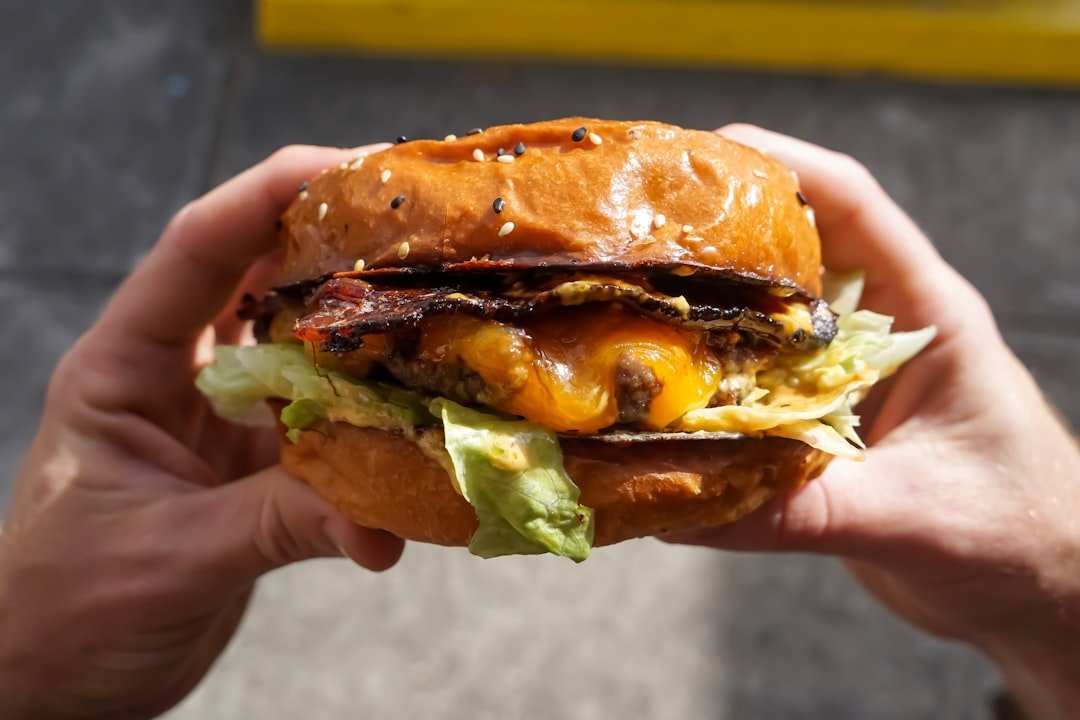Most healthy singaporean foods
8 min read | eat heartily
Digital Health Clinic
27 Aug 2024

8 min read | eat heartily
Singapore’s vibrant food scene, from hawker centres to fast-food chains, offers a tempting array of dishes. However, many popular foods are high in cholesterol LDL, saturated fats, sodium, and sugars, contributing to heart disease, hypertension, diabetes, and obesity. This article explores the top 10 worst, most unhealthy foods in Singapore, their health impacts, and practical tips for healthy eating and lifestyle changes. Learn how to manage these risks with follow-up care and sustainable habits tailored to Singapore’s urban environment.
Why Unhealthy: Stir-fried with lard, dark soy sauce, and oil, this hawker staple is high in saturated fats and calories (700–900 kcal per plate). Ingredients like Chinese sausage and cockles add sodium and cholesterol LDL, raising heart disease risk.
Health Impact: Frequent consumption increases LDL cholesterol, contributing to atherosclerosis and cardiovascular disease. High sodium can also spike hypertension.
Why Unhealthy: Fried chicken or fatty skin versions are loaded with saturated fats. The rice, cooked in chicken fat, is calorie-dense (600–800 kcal). Chili sauce adds sodium, worsening hypertension risks.
Health Impact: Elevates cholesterol LDL and promotes weight gain, increasing heart disease and diabetes risks.
Why Unhealthy: The coconut milk broth is rich in saturated fats and calories (700–1,000 kcal). Shrimp paste and fish cakes add sodium, straining the heart and kidneys.
Health Impact: High saturated fats raise triglycerides and LDL cholesterol, linked to heart disease. Sodium exacerbates hypertension.
Why Unhealthy: Made with ghee or oil, roti prata is high in trans fats and calories (400–600 kcal for two pieces). Curries (e.g., mutton) add sodium and sugars.
Health Impact: Trans fats increase LDL cholesterol and lower HDL, raising heart disease risk. Sodium contributes to hypertension.
Why Unhealthy: Cooked with ghee, this rice dish is calorie-heavy (800–1,200 kcal). Fried chicken or mutton adds saturated fats, while curries increase sodium.
Health Impact: Promotes obesity and cholesterol LDL buildup, increasing heart disease and diabetes risks.
Why Unhealthy: Fatty pork ribs and high-sodium broth (800–1,200 mg sodium) are paired with trans fat-laden youtiao (fried dough). MSG can cause issues for sensitive individuals.
Health Impact: High sodium fuels hypertension, while fats raise cholesterol LDL and heart disease risk.
Why Unhealthy: These are high in saturated fats, sodium (1,000–1,500 mg), and calories (500–800 kcal). Processed patties and sauces contain ultra-processed ingredients linked to chronic diseases.
Health Impact: Contributes to obesity, diabetes, and heart disease due to cholesterol LDL and sodium.
Why Unhealthy: A large cup packs 500–800 kcal and 50–80g of sugar from syrups and pearls. Condensed milk adds saturated fats.
Health Impact: Excessive sugar increases diabetes and obesity risks, while also causing dental decay.
Why Unhealthy: Deep-fried in oil, these snacks are high in trans fats and calories (200–400 kcal per piece). Fillings add sodium and saturated fats.
Health Impact: Trans fats raise LDL cholesterol, increasing heart disease risk. Low nutrients promote weight gain.
Why Unhealthy: Coconut milk and gula melaka (palm sugar) make this dessert high in saturated fats and sugars (400–600 kcal). It offers minimal nutrients.
Health Impact: Contributes to diabetes, obesity, and heart disease due to cholesterol LDL and sugar.
Foods like char kway teow, laksa, and fast food burgers are high in saturated fats and trans fats, which increase LDL cholesterol (the “bad” cholesterol). This leads to plaque buildup in arteries (atherosclerosis), raising the risk of heart disease and stroke. Heart disease is a leading cause of death in Singapore, with the Ministry of Health reporting rising cases linked to poor diets.
High sodium in foods like bak kut teh, fast food, and curries causes water retention, increasing blood pressure. Chronic hypertension damages arteries and the heart. Hypertension affects about 1 in 4 Singaporeans, per Health Promotion Board (HPB) data, often linked to high-sodium hawker meals and processed foods.
Sugary drinks like bubble tea and desserts like chendol cause blood sugar spikes, leading to insulin resistance over time. High-calorie foods also contribute to obesity, a major diabetes risk factor. Singapore has one of the highest diabetes rates in Asia, with 1 in 9 adults affected, per HPB.
Calorie-dense foods (e.g., nasi briyani, laksa) exceed daily energy needs, leading to fat accumulation. Obesity amplifies risks of heart disease, diabetes, and joint issues. Obesity rates are rising, with HPB noting 10% of adults are obese, driven by sedentary lifestyles and rich hawker foods.
To mitigate the risks of these unhealthy foods, proactive follow-up care and management are essential:
Singapore’s culinary delights are irresistible, but foods like char kway teow, laksa, and bubble tea can harm your health if consumed frequently, raising cholesterol LDL, heart disease, hypertension, and diabetes risks. By understanding these risks, adopting healthy eating habits, and embracing an active lifestyle, you can enjoy hawker culture while staying healthy. Regular follow-up care and screenings, combined with HPB’s resources, empower Singaporeans to manage their health effectively. Start small—swap one unhealthy dish for a healthier option today—and build a sustainable path to wellness.